Introduction
In the realm of architectural visualization, the integration of animation has become an imperative tool for conveying complex ideas and designs effectively. As projects grow in complexity, understanding the intricacies of defining project needs and budgets, evaluating animation studios, and navigating pricing models becomes essential for lead architects. This article delves into the critical components of managing animation projects, offering insights on how to select the right animation partners, establish effective communication, and ensure that the final product aligns with the original vision. By examining best practices and industry trends, architects can enhance their project outcomes and leverage animation to elevate their design narratives.
Defining Your Project Needs and Budget
To commence your visual creation, it is essential to clearly define its scope, focusing on whether it pertains to residential or commercial development while identifying the target audience. This foundational understanding guides the type of visual representation needed. Following this, establishing a budget that reflects the initiative’s complexity is crucial.
Recent insights indicate that for a campaign with a total budget of $200,000, allocating between $60,000 and $120,000 on creative elements is advisable. A clearly defined budget streamlines the selection process for studios, ensuring engagement with providers capable of delivering high-quality work within your financial parameters. Documenting specific requirements, such as timelines, preferred styles, and technical specifications, facilitates informed discussions with potential studios.
As noted by RocketBrush Studio, their team’s expertise ensures that your vision is realized efficiently, balancing quality with cost. However, it is vital to recognize the impact of complexity and scale on rendering time and resource requirements. While low-budget visual storytelling endeavors may seem economical, they frequently showcase simplified designs and limited detail, potentially compromising the overall impact compared to higher-budget options.
When hiring services from a 3D animation house for architectural rendering, consider seeking providers with a strong portfolio that aligns with your vision. Look for studios that provide clear communication and a collaborative approach, as this can significantly improve the outcome. Furthermore, ask about their experience with endeavors of similar complexity and scale, as this frequently relates to their capability to fulfill your particular requirements.
Recognizing that the efficiency of the visual presentation greatly impacts pricing is essential to outlining your requirements and budget. The level of detail required in the rendering directly affects costs; more intricate designs necessitate additional resources and time, which can elevate the overall budget. Furthermore, remaining informed about the newest trends in budgeting for 2024 will maintain your strategy pertinent and competitive.
This preparation ultimately leads to a more effective result, ensuring that your unique specifications are met while adhering to budget constraints.
Evaluating Animation Studios: Portfolios and Styles
When assessing possible 3D animation houses for your architectural endeavors, a crucial initial step is to thoroughly examine their portfolios. Look for endeavors that not only resonate with your artistic vision but also showcase versatility across a spectrum of styles. Pay close attention to the quality of details, lighting nuances, and overall composition, as these elements reflect their technical proficiency.
Furthermore, contemplate the significance of customer feedback in enhancing interior renderings; firms that emphasize user participation in their process can adjust and personalize assignments effectively, leading to exceptional results. For instance, during a recent renovation undertaking, our workspace incorporated customer suggestions to adjust ceiling heights and decor elements, ensuring the final renderings aligned closely with their vision.
Scrutinize testimonials highlighting exceptional professionalism and customer care from a 3D animation house, as these resources provide invaluable insights into a workspace’s reliability and responsiveness in delivering assignments on time. One client noted, ‘The facility’s ability to quickly adapt to our feedback made all the difference in achieving our desired outcome.’ Grasping the creative approach—whether it is photorealistic, stylized, or conceptual—is crucial, as this alignment will greatly affect the success of your endeavor.
Considering the expected 40% rise in the portion of visuals in social media marketing by 2027, identifying effective visual styles pertinent to current trends will be crucial for your initiative’s visibility and impact. Furthermore, as the production of television cartoons expands at a rate of 4% annually since 2020, selecting a company that can keep pace with these developments is crucial.
Lastly, the essential role of high-quality visual renderings in project development cannot be overstated; they serve as a window into the future of your project, allowing all stakeholders to understand the vision behind the blueprints. For further insights and to connect with over 1000 experts in the field, make sure to join us on Discord for discussions about the future of creative pipelines.
Understanding Pricing Models and Cost Factors
To effectively navigate the terrain of production expenses, it is crucial to familiarize yourself with the common pricing frameworks utilized by creative firms. These models typically include:
- Fixed pricing
- Hourly rates
- Project-based fees
Each model has its own advantages and limitations. The expenses related to a 3D animation house can fluctuate significantly, primarily affected by elements like complexity, the duration of the visual sequence, and the team’s level of expertise.
Notably, the budget for a 3D animation house can range from $100,000 to $300,000 per minute of footage, highlighting the financial investment required for high-quality output.
As you explore your options, consider how intricate details—like the way sunlight dances off the windows or the subtle texture of the bricks—enhance realism and emotional impact, which in turn can influence your project’s overall investment. Inquire about potential additional costs that may arise, including revisions or supplementary services like sound design. Obtaining detailed quotes from multiple studios not only facilitates the comparison of services but also helps ensure that you are receiving optimal value for your investment.
Transparency in pricing is essential; it fosters trust and clarity in your professional relationships. Mario Wibowo, a CAD designer and 3D modeling expert, emphasizes the significance of open communication concerning costs in the visual arts field, stating,
“Beyond his technical abilities, Mario enjoys sharing his expertise through contributing to community forums and writing articles about tech and the engineering industry.”
This perspective aligns with the increasing demand for skilled professionals in Latin America’s creative industry, which is valued at over $500 million and projected to grow at 10-15%.
Such growth has resulted in a 30% increase in demand for skilled professionals since 2018, further affecting pricing models.
For instance, a recent case study on a prominent creative firm in Latin America showed that their pricing model adapted according to the complexity of projects, mirroring the industry’s changing landscape. As this visual art form continues to gain traction, understanding the latest pricing models and cost factors—including the impact of customization and intricate details—will be paramount for lead architects seeking to leverage it for home design and visualization. Additionally, be aware that revisions and customizations can lead to further costs, making it essential to factor these into your overall budget.
Effective Communication and Collaboration with Your Animation Team
Upon choosing a 3D animation house, establishing a strong communication framework is essential for effective collaboration. Providing clear and timely information at the outset, such as detailed construction specifications or even initial sketches, can optimize both time and cost, ensuring that projects proceed smoothly. Clearly defining roles and responsibilities within your team and the animation studio enhances workflow efficiency and clarity.
Regular check-ins should be scheduled to monitor progress, address concerns, and solicit constructive feedback to align with the vision. By leveraging project management tools, teams can effectively track timelines and deliverables, ensuring all parties remain aligned with project goals. It is notable that 66% of customers report switching to competitors due to poor communication skills, underscoring the necessity of effective dialogue.
Furthermore, a report from Achievers Workforce Institute indicates that teams taking meaningful action based on feedback foster increased trust and engagement, with employees in such environments being 75% more likely to trust their leadership. This commitment to clear communication not only enhances creativity—93% of professionals believe it is essential in internal communications—but also nurtures a collaborative environment. Additionally, the 3D animation house plays a critical role in early design issue resolution by allowing designers and clients to visualize potential problems before they escalate.
The case study titled ‘Confirmed: Online Collaboration Tools Improve Teamwork’ illustrates how Run has effectively utilized online collaboration tools to enhance efficiency and employee well-being, supporting the notion that technology can bolster teamwork. Lastly, with 75% of workers favoring authentic communication styles, promoting genuine dialogue is crucial in the context of creative endeavors, ultimately ensuring that the final product not only meets but surpasses your initial vision.
Navigating Post-Production and Revisions
Upon finishing the initial sequence, a structured review process is essential to ensure the final product meets project specifications and timelines. Participate in thorough discussions with the creative team, offering constructive feedback that emphasizes specific elements requiring adjustments. Acknowledging that revisions are a standard part of the workflow is essential; stakeholders should be ready to handle any possible extra costs that may emerge during this phase.
According to Chelsea Sassara, ideally, you’ll determine whether your creation is for a 3D animation house or 2D towards the beginning of your undertaking, allowing for a realistic timeframe for its completion. This foresight can significantly streamline the review process. Moreover, it’s crucial to take into account that delivery times for visual products generally span from 10 to 20 days, which can affect timelines.
Before finalizing the animation, ensure that every component aligns with your project’s overarching goals. The collaborative planning phase, as highlighted in the case study on ‘Animation Design and Storyboarding,’ illustrates that storyboarding can take several days and often runs concurrently with scripting, emphasizing its importance in the review process. This phase is not merely about technical execution; it also entails understanding how a 3D animation house can create detailed renderings that shape environments in alignment with the user’s lifestyle and emotional expectations.
Following approval, confirm the delivery format and any supplementary assets required for presentations or marketing efforts, facilitating seamless implementation across various channels. Be aware that post-production costs can vary, and stakeholders should be prepared for these potential additional expenses during the revision phase, enhancing customer satisfaction and marketing effectiveness. By fostering a collaborative environment and integrating client feedback, the process not only leads to visually stunning outcomes but also ensures that the final product truly reflects the client’s vision and enhances the overall appeal of the project.
Conclusion
The integration of animation in architectural visualization is crucial for effectively communicating complex designs. By clearly defining project needs and budgets, architects can ensure that resources are allocated efficiently, resulting in high-quality outcomes that resonate with the intended audience.
Evaluating animation studios is a critical aspect of this process. A thorough review of their portfolios and styles, along with an emphasis on client collaboration, significantly impacts the success of the project and aligns the final product with the original vision.
Understanding pricing models and cost factors is essential. Familiarity with how complexity and detail influence costs enables architects to make informed budgeting decisions. Open communication regarding expenses fosters trust and facilitates smoother project execution.
Effective collaboration with the animation team is vital for realizing the architectural vision. Establishing clear communication channels and utilizing project management tools enhance workflow efficiency and alignment throughout the project lifecycle. A structured approach to post-production and revisions ensures that the final output meets project goals.
In conclusion, successfully leveraging animation in architectural visualization requires careful planning and execution. By focusing on project definition, studio evaluation, pricing transparency, and collaboration, architects can harness animation’s potential to enhance their design narratives and achieve outstanding project results.
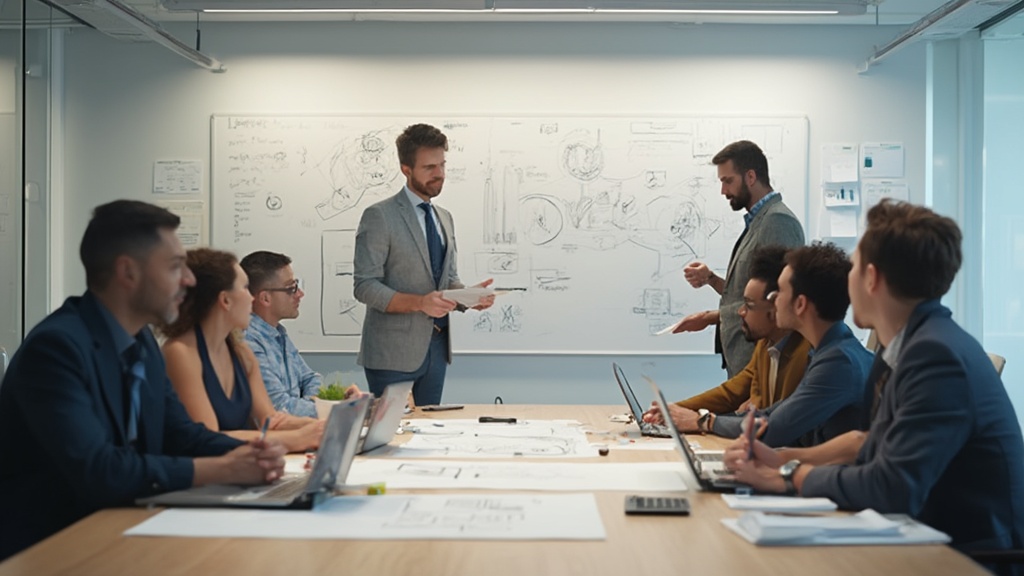
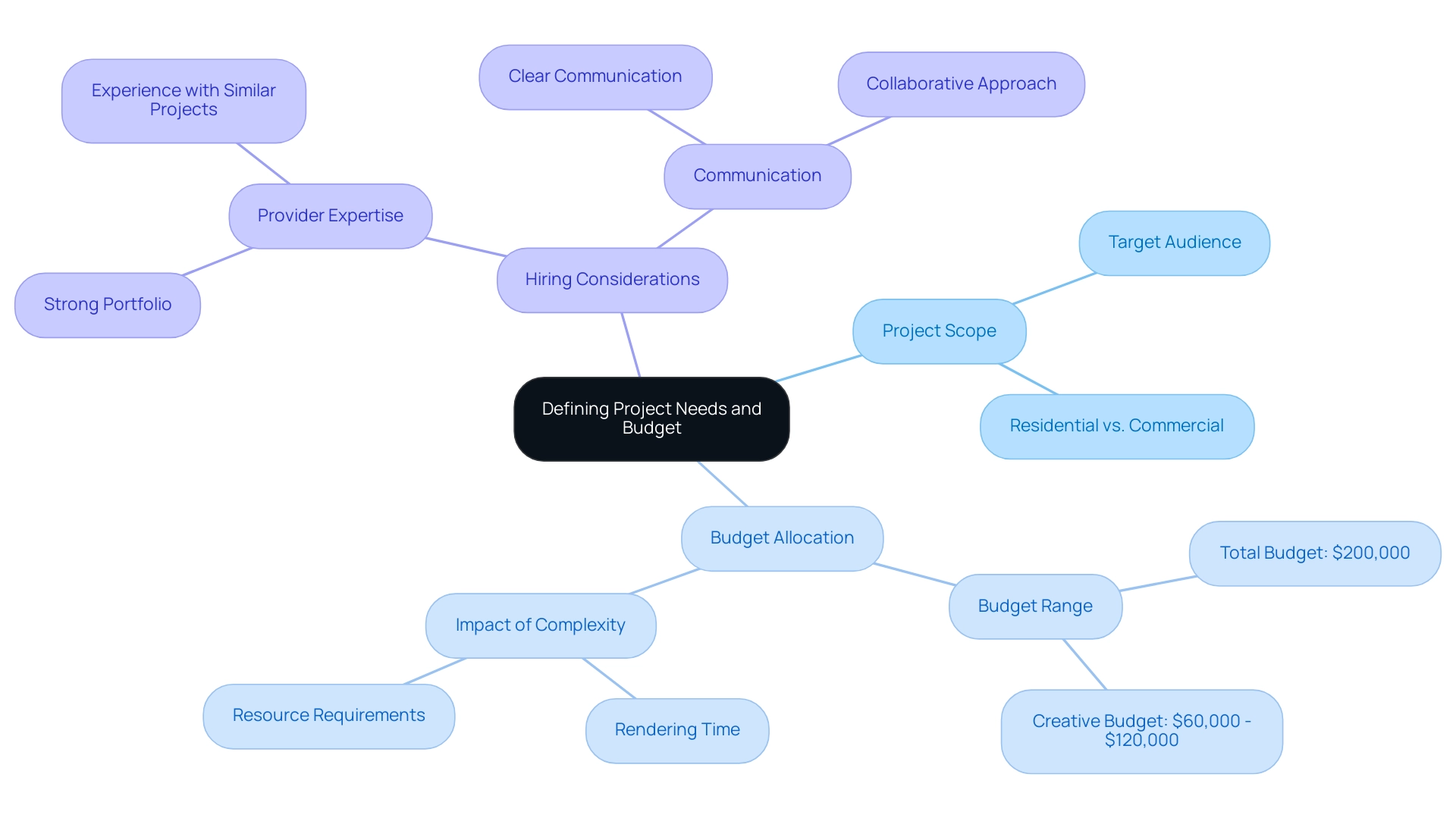
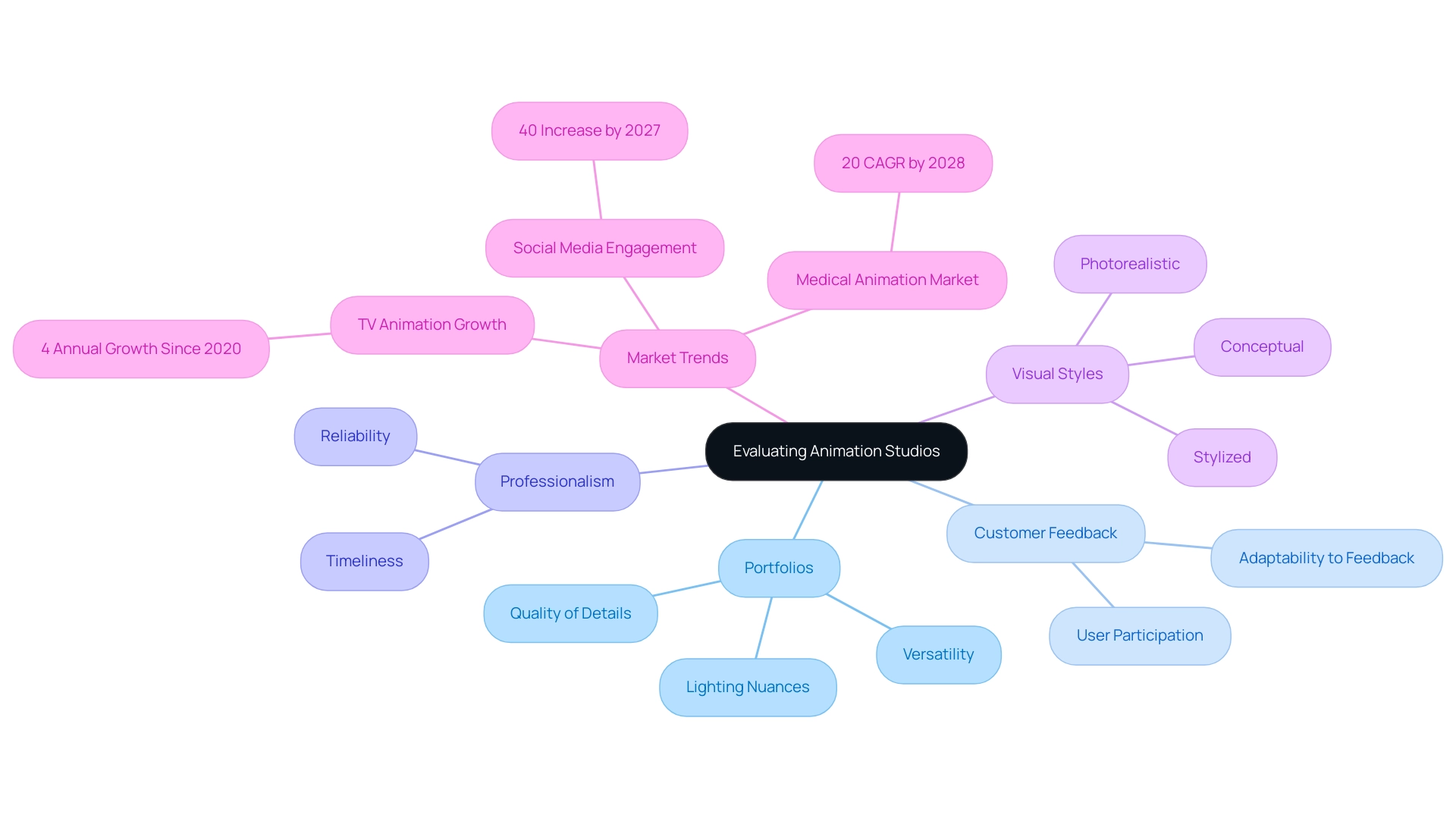
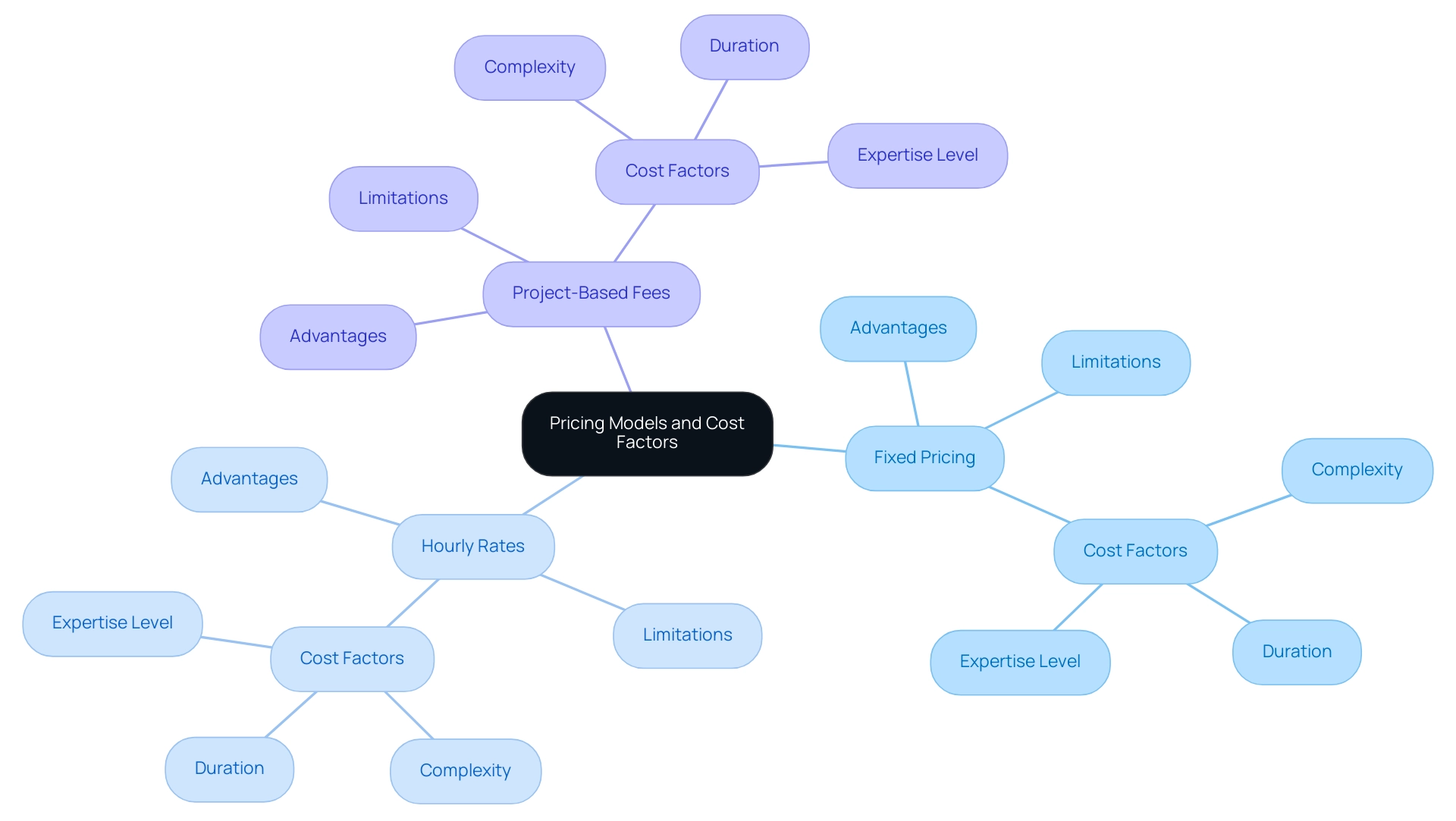
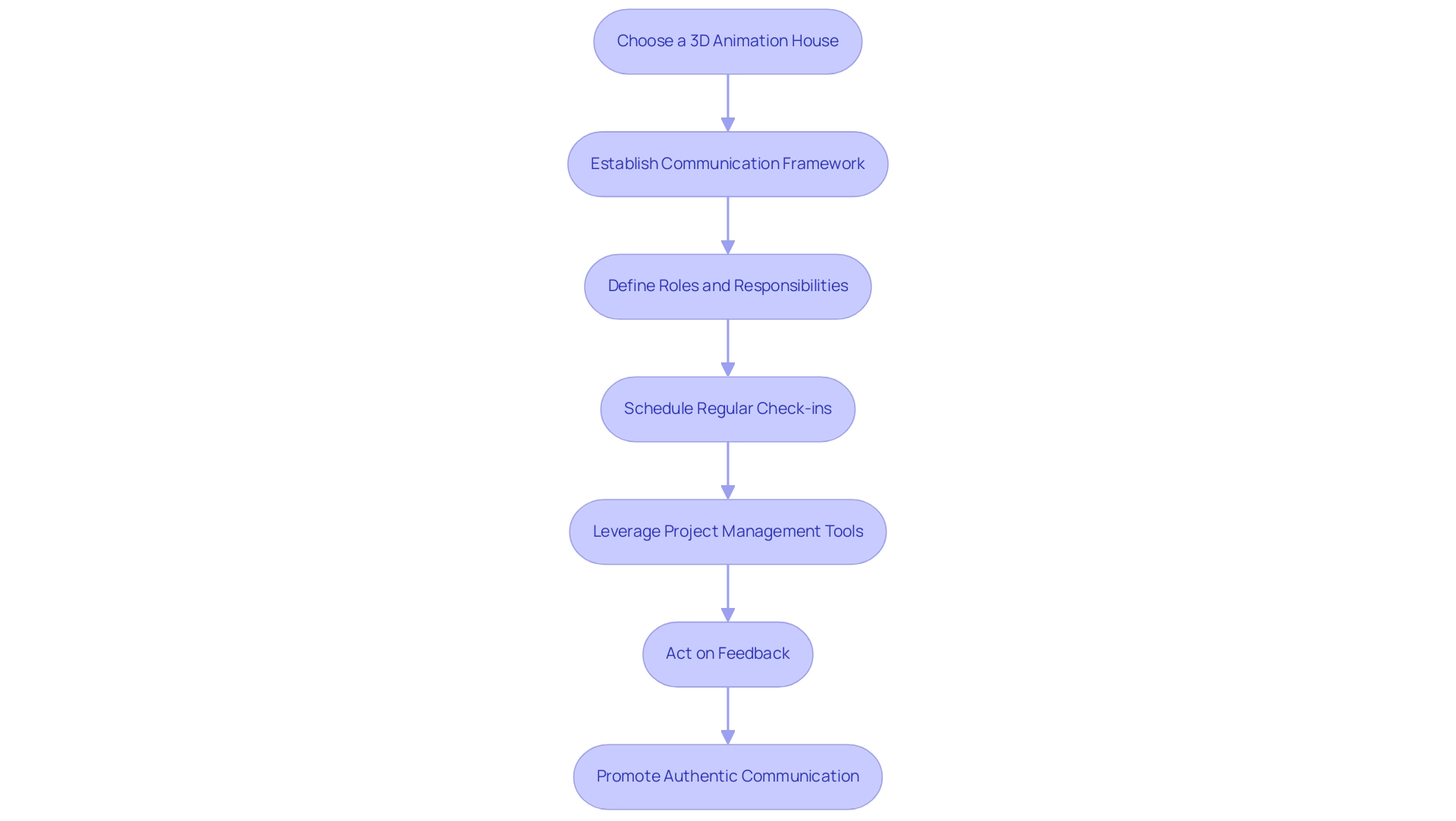
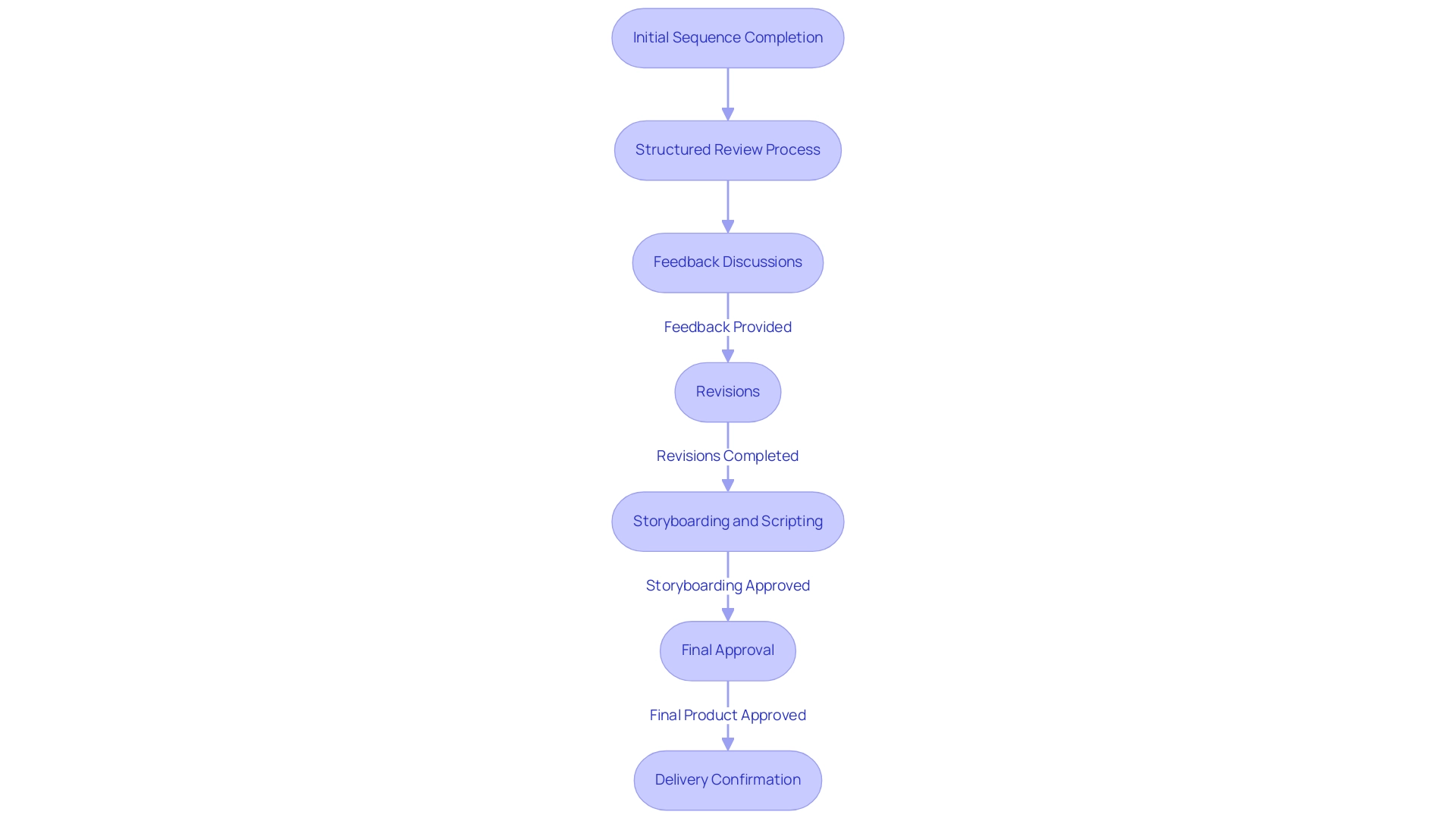
0 Comments